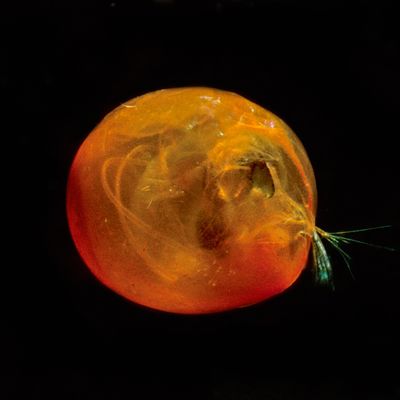
The sex lives of deep-sea anglerfish: good as hell. But those of well-endowed ancient crustaceans? Much more tragic. According to a new study published in science journal Nature, ostracod species with massive junk were more likely to go extinct than their less-blessed peers.
To quote professor and study author John Swaddle, ostracods were “the Don Juans of the crustacean world,” and the hornier the ostracod, the larger its sex organs were (nice). But the well-endowed males weren’t so lucky.
After analyzing thousands of fossils of ancient ostracod species that lived more than 65 million years ago, the scientists concluded that big-shelled males that had sex all the time with their jumbo sex organs weren’t likely to pass on their genes.
“We show that species with more pronounced sexual dimorphism, indicating the highest levels of male investment in reproduction, had estimated extinction rates that were ten times higher than those of the species with the lowest investment,” the report reads. “These results indicate that sexual selection can be a substantial risk factor for extinction.”
Referring to the ancient crustaceans in an interview with William & Mary, study author Rowan Lockwood said, “They don’t look like much, but sex is on the brain — what little brain they have.’
Hmm. Sounds familiar!




